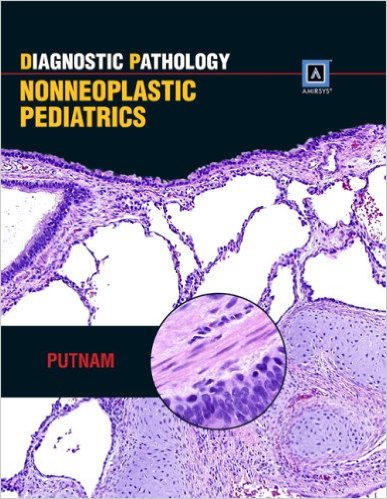


2018b Wahbeh and Radin 2018).īut are channeling experiences different from dissociative trance/possession disorders (DTPD) as described by the updated international classification of mental disorders presented in the DSM-5 (American Psychiatric Association 2013) and ICD-11 (World Health Organization 2020)? Dissociative Trance/Possession DisordersĭSM-5 classifies dissociative trance as a Dissociative Identity Disorder ‘not otherwise specified’ (see Dissociative Identity Disorder paragraph). This increase in research into channeling experiences is driven in part by the acknowledged commonality of the experience world-wide (Bourguignon 1976 Hunter and Luke 2014 Wahbeh, Radin, et al. 2020 Stolovy, Lev-Wiesel, and Eisikovits 2015 Wahbeh et al. In recent years, a renewed interest has arisen in the scientific investigation of channeling within Western cultures that usually consider these experiences anomalous, exceptional, and probably expressions of mental disorders (Anastasia et al. These experiences are common in many cultures, and their frequency varies according to their acceptance as a normal non-psychopathological expression (Cardeña et al. Trance channeling has been defined by Klimo ( 1987:2) as “the communication of information to or through a physically embodied human being from a source that is said to exist on some other level or dimension of reality than the physical as we know it, and that is not from the normal mind (or self) of the channel.”


 0 kommentar(er)
0 kommentar(er)
